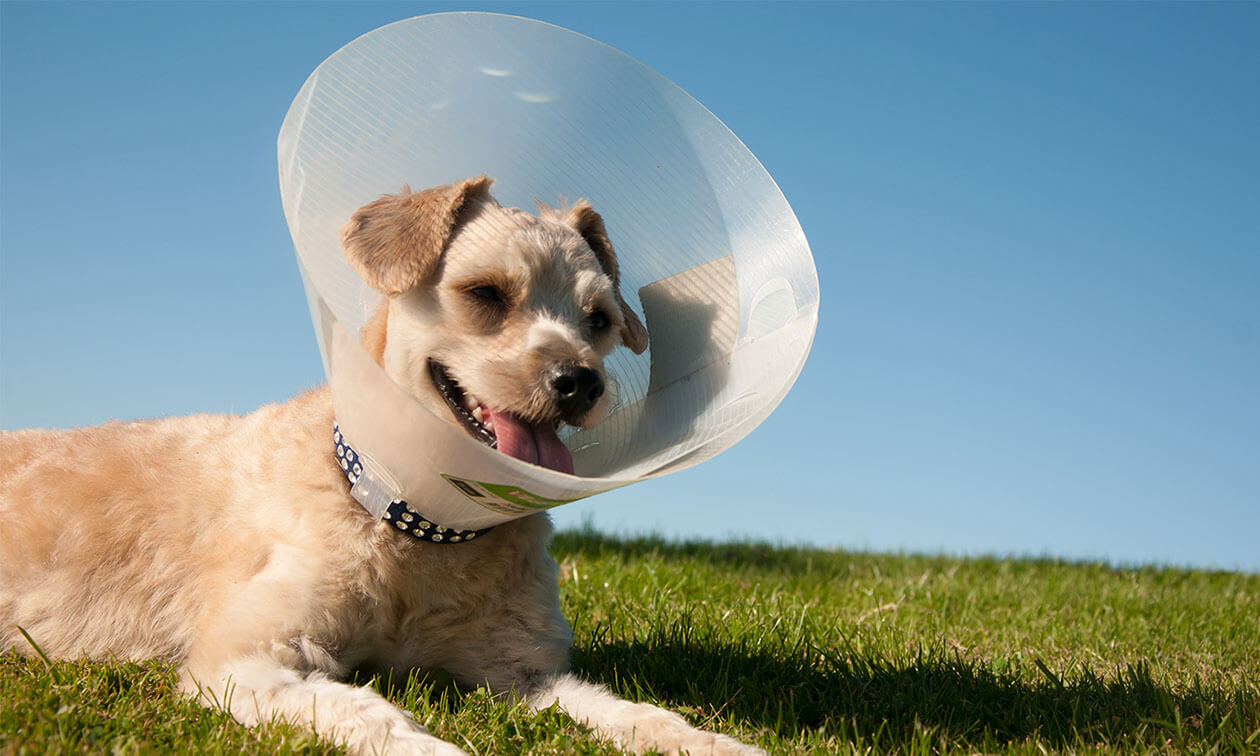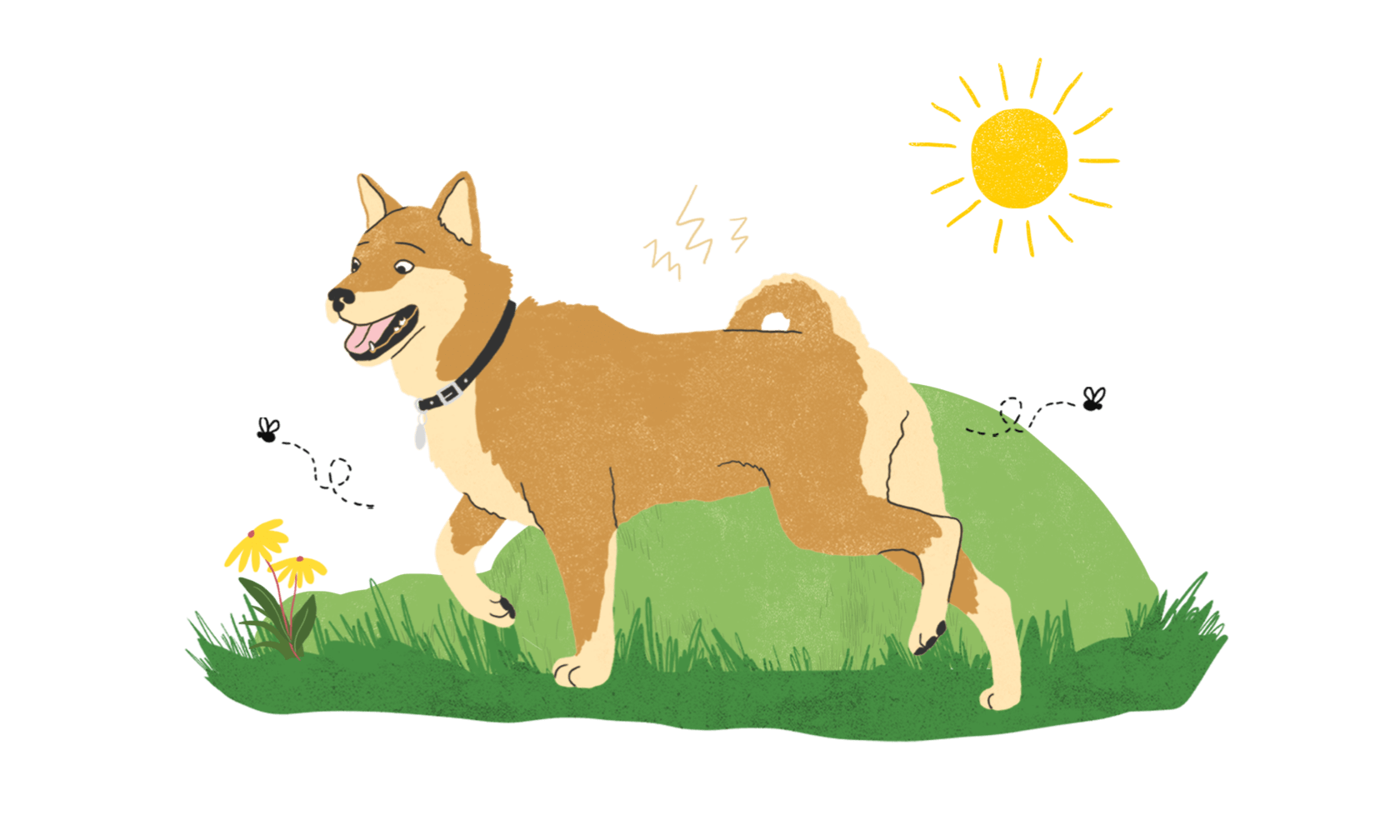Have you noticed your dog paying a lot of attention to a spot on their body? Are they licking, scratching, or chewing on one area? If so, this may lead to a hot spot. While hot spots are very common, it’s important to identify, diagnose and treat them quickly before they get worse.
Identifying Hot Spots in Dogs
A hot spot may start as a small red spot on your dog’s body. It may only be a centimeter or two where the fur has fallen out, and you may see a little swelling. If left untreated, it will grow quickly and can turn into a lesion causing your dog considerable pain. At that stage, the skin will be red and inflamed, ooze pus or develop a crust, and will feel hot to the touch. It will continue to spread, especially as your dog continues to scratch, chew, and lick the affected area.
Schedule an appointment with your veterinarian. They will help determine if you’re dealing with a hot spot or another skin condition.
Where Did Your Dog’s Hot Spot Come From?
Hot spots (also called acute moist dermatitis or pyotraumatic dermatitis) are usually caused by your dog over-licking, scratching or biting their skin. This leads to the skin becoming damaged. Bacterial infections can develop quickly once bacteria invade the area of damaged skin. You need to find and treat the resulting hot spot and whatever caused your dog to focus their grooming attention on that area in the first place. These are some of the more common causes of itching, licking, and biting the skin:
- Skin allergies (caused by food allergy, contact allergy, environmental allergy, flea allergy)
- Primary skin infections
- Parasites
- Dermatitis
- Anal sac disease
- Ear infections
- Orthopedic issues (where a lack of mobility leads to in your dog biting and chewing painful areas, resulting in skin irritation)
- Poor grooming
- Behavioral causes (like boredom, stress, or anxiety)
Treating Your Dog’s Hot Spots
The good news is that most hot spots will resolve in under a week with proper and prompt care. Get to your veterinarian quickly so you can stop the progression of the hot spot and ease your dog’s discomfort. They’ll perform a physical exam, and other diagnostic tests like cytology and a skin scrape to identify the underlying cause of the irritation. Once the reason for the hot spot has been identified, your dog will be started on an appropriate, individualized treatment plan.
Treatment of the hot spot itself generally includes shaving, cleaning, and disinfecting the area (with topical treatments). Your vet will instruct you to give topical or oral antibiotics, topical or oral medications to control the itch and relieve inflammation, and keep the area clean. You will also need to put your dog in an Elizabethan collar to keep your dog from licking/chewing/biting at the affected area as the skin heals.
Can You Prevent Hot Spots for Your Dog?
There’s a lot you can do to keep hot spots at bay. Check below to see how you can help prevent hot spots in your dog.
- Find, diagnose and treat the cause of the initial itching.
- Keep your dog’s coat in good shape with regular grooming.
- Always clean and dry your dog’s ears after bathing or swimming.
- Keep your dog on a flea and tick preventative.
- Properly wash (if needed) and dry your dog’s coat when wet or damp.
- Talk to your veterinarian about supplements such as fish oil to support healthy skin and reduce inflammation.
- Talk to your veterinarian about ways to manage ongoing anal sac issues.
- If your dog is less active than usual and is starting to slow down, have your veterinarian perform a complete physical exam on your dog. Then discuss next steps, which may include using canine-approved joint supplements or starting a pain medication trial.
Regularly check your dog’s skin and fur so you can catch skin issues early.
ZPC-02579



